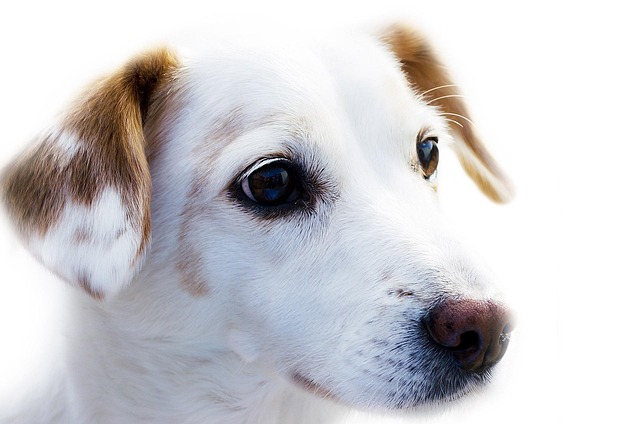
What is glaucoma in a dog?
You might notice your dog squinting more at mealtime or avoiding bright sunlight—these small changes could be early signs of a serious eye condition.
Picture coming home to find your favorite pair of sneakers shredded, your couch cushions torn apart, and your dog whining and pacing non - stop. These are all common signs of separation anxiety in dogs, a distressing condition that affects both pets and their owners. If you’ve ever wondered how to change separation anxiety in dogs, you’re not alone. Let’s explore some effective strategies.
Separation anxiety stems from a dog’s fear of being left alone. It’s not about “misbehavior” but rather intense distress. Dogs are pack animals by nature, and being separated from their “pack” (you) can trigger panic. You might notice excessive barking, destructive chewing, or inappropriate urination when you’re away. For example, a neighbor once shared how their Labrador chewed through a wooden door while they were at work—clear evidence of the anxiety their pet was experiencing.
The key to addressing separation anxiety lies in gradual desensitization and positive reinforcement. Start by simulating departure scenarios. Pick up your keys, put on your coat, and walk around the house for a few minutes without actually leaving. If your dog stays calm, immediately reward them with a treat and lots of praise. Over time, gradually increase the duration of these mock departures. This approach, rooted in behavioral psychology, helps your dog associate your preparation to leave with positive experiences rather than fear.

Creating a safe and comfortable space for your dog is also crucial. Whether you live in a spacious house or a cozy apartment, set up a “den” area with their bed, favorite toys, and perhaps a piece of clothing that smells like you. For apartment dwellers, this is especially important as excessive barking due to anxiety can disturb neighbors. Consider using white noise machines or calming music to mask outside sounds and create a more soothing environment. Puzzle toys filled with treats can also keep your dog occupied while you’re gone, diverting their attention from your absence.
When it comes to training, always avoid punishment. Yelling at your dog for chewing up furniture during an anxiety - induced episode only increases their stress and can make the problem worse. Instead, focus on rewarding the behaviors you want to see. If your dog remains calm during short absences, make a big deal out of it when you return. Give them affection, treats, and playtime.
In addition to training, there are some broader aspects of pet care to keep in mind. In many Western regions, ensuring your dog is up - to - date on vaccinations, such as rabies and distemper, is not only a matter of health but also the law. A healthy dog is better able to cope with stress. Also, when taking your dog out for walks, practice good community etiquette. A dog with separation anxiety might be more reactive or anxious in public. Keep them on a leash in appropriate areas, clean up after them promptly, and be mindful of other pedestrians and pets.
Overcoming separation anxiety takes time and patience. It’s a process of building your dog’s confidence and teaching them that being alone doesn’t mean danger. By combining desensitization techniques, positive reinforcement, a comfortable environment, and responsible pet ownership, you can help your furry friend overcome their anxiety and enjoy a more peaceful life.

You might notice your dog squinting more at mealtime or avoiding bright sunlight—these small changes could be early signs of a serious eye condition.

Let’s set the scene: It’s a sweltering Phoenix afternoon—105°F outside—and you rushed your 2-year-old Lab mix, Cooper, on a quick walk to “get it over with.”

Let’s get real: You’re in your Miami apartment, watching your 3-year-old Corgi, Loki, struggle to climb the stairs to your second-floor unit.

Many dog owners brush off occasional scratching as just “dog behavior,” but persistent itching often signals something more—like a food allergy.

You might first notice your dog scratching more than usual—chewing at their paws until the fur looks thin, or rubbing their face against the couch nonstop.

Let’s be real: You’re standing in your Chicago apartment, watching your 3-year-old Beagle, Max, huff and puff just to climb onto the couch.